En esta imagen repleta de galaxias muestra las capas simétricas similares a la de una cebolla de la galaxia NGC 3923, captada por la Cámara de Energía Oscura del Departamento de Energía de EE.UU (DOE) montada en el Telescopio de 4 metros Víctor M. Blanco de la Fundación Nacional de Ciencias (NSF) en el Observatorio Interamericano Cerro Tololo en Chile, un Programa de NOIRLab de NSF.
Tag: Gravitational Lensing
Stellar Layers of a Galactic Onion
The symmetrical, onion-like layers of shell galaxy NGC 3923 are showcased in this galaxy-rich image taken by the US Department of Energy’s (DOE) Dark Energy Camera mounted on the National Science Foundation’s (NSF) Víctor M. Blanco 4-meter Telescope at Cerro Tololo Inter-American Observatory in Chile, a Program of NSF’s NOIRLab.
First-of-its-kind measurement of the Universe’s expansion rate weighs in on a longstanding debate in physics and astronomy
A University of Minnesota Twin Cities-led team used a first-of-its-kind technique to measure the expansion rate of the Universe, providing insight that could help more accurately determine the Universe’s age and help physicists and astronomers better understand the cosmos.
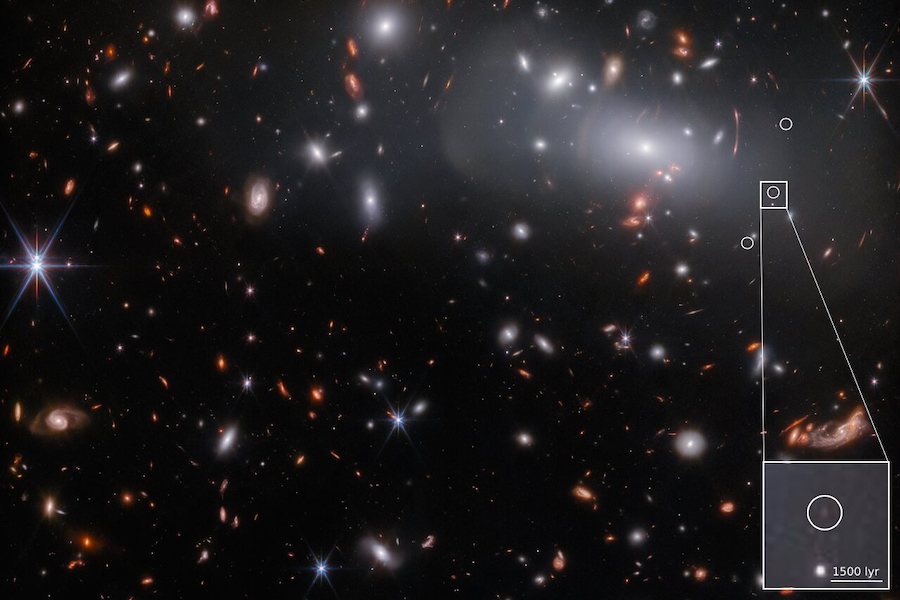
Researchers discover tiny galaxy with big star power using James Webb telescope
Using first-of-their-kind observations from the James Webb Space Telescope, a University of Minnesota Twin Cities-led team looked more than 13 billion years into the past to discover a unique, minuscule galaxy that could help astronomers learn more about galaxies that were present shortly after the Big Bang.
Light-bending gravity reveals one of the biggest black holes ever found
A team of astronomers has discovered one of the biggest black holes ever found, taking advantage of a phenomenon called gravitational lensing.
Rachel Mandelbaum: Then and Now / 2012 Early Career Award Winner
Rachel Mandelbaum prepares to measure weak gravitational lensing, the tiny deflections of light from distant galaxies due to the gravitational influence of dark matter and visible matter that the light rays pass by on their way to Earth. Those measurements can help answer fundamental questions.
Hubble Captures 3 Faces of Evolving Supernova in Early Universe
Light from a star that exploded over 11 billion years ago was captured by Hubble Space Telescope not just as one postcard from the remote past but three messages that chronicle the fading fireball over a period of one week.
Red-supergiant supernova images reveal secrets of an earlier Universe
An international research team led by the University of Minnesota Twin Cities has measured the size of a star dating back more than 11 billion years ago using images that show the evolution of the star exploding and cooling. The research could help scientists learn more about the early Universe.
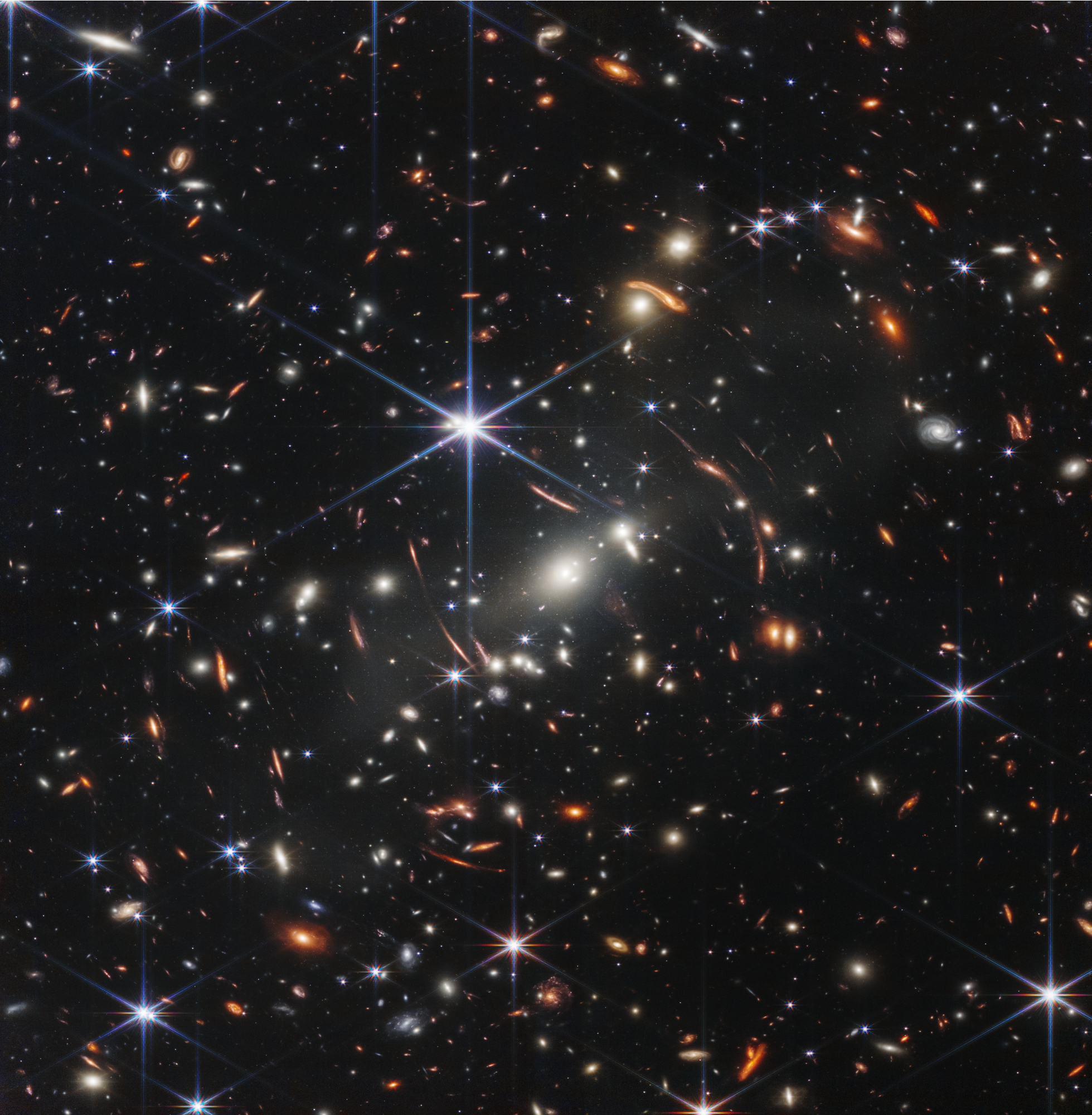
NASA’s Webb Delivers Deepest Image of Universe Yet
A flurry of bright white galaxies is stirring up this scene – captured in high resolution by NASA’s James Webb Space Telescope. Known as galaxy cluster SMACS 0723, the group of galaxies is also bending and warping the light from more distant galaxies behind them, stretching and repeating their appearances. Webb’s near- and mid-infrared imaging – and highly detailed data known as spectra – will allow future researchers to finely catalog the precise compositions of galaxies in the early universe, which may ultimately reshape our understanding of how galaxies changed and evolved over billions of years.
Hubble Snapshot of ‘Molten Ring’ Galaxy Prompts New Research
In this image, a remote galaxy is greatly magnified and distorted by the effects of gravitationally warped space. After its public release, astronomers used the picture to measure the galaxy’s distance of 9.4 billion light-years. This places the galaxy at the peak epoch of star formation in cosmic evolution.
Hubble Finds Early, Massive Galaxies Running on Empty
Fast and furious—that’s how six massive galaxies in the early universe lived before they literally ran out of gas, shut down star formation, and died. These images are composites from Hubble and ALMA.
Rerun of Supernova Blast Is Expected to Appear in 2037
Hubble astronomers are predicting that the fading light from a distant supernova will be rebroadcast in 16 years. This future appearance will be the fourth known view of the same exploded star, dubbed Supernova Requiem.
“X-RAY MAGNIFYING GLASS” ENHANCES VIEW OF DISTANT BLACK HOLES
Using a special “magnifying glass,” astronomers have zoomed into black holes that otherwise would be too faint to detect.
Science Snapshots From Berkeley Lab
These news briefs cover topics including gut microbes, tsetse flies in 3D, an energy use framework for heating and cooling, and new gravitational lensing candidates.
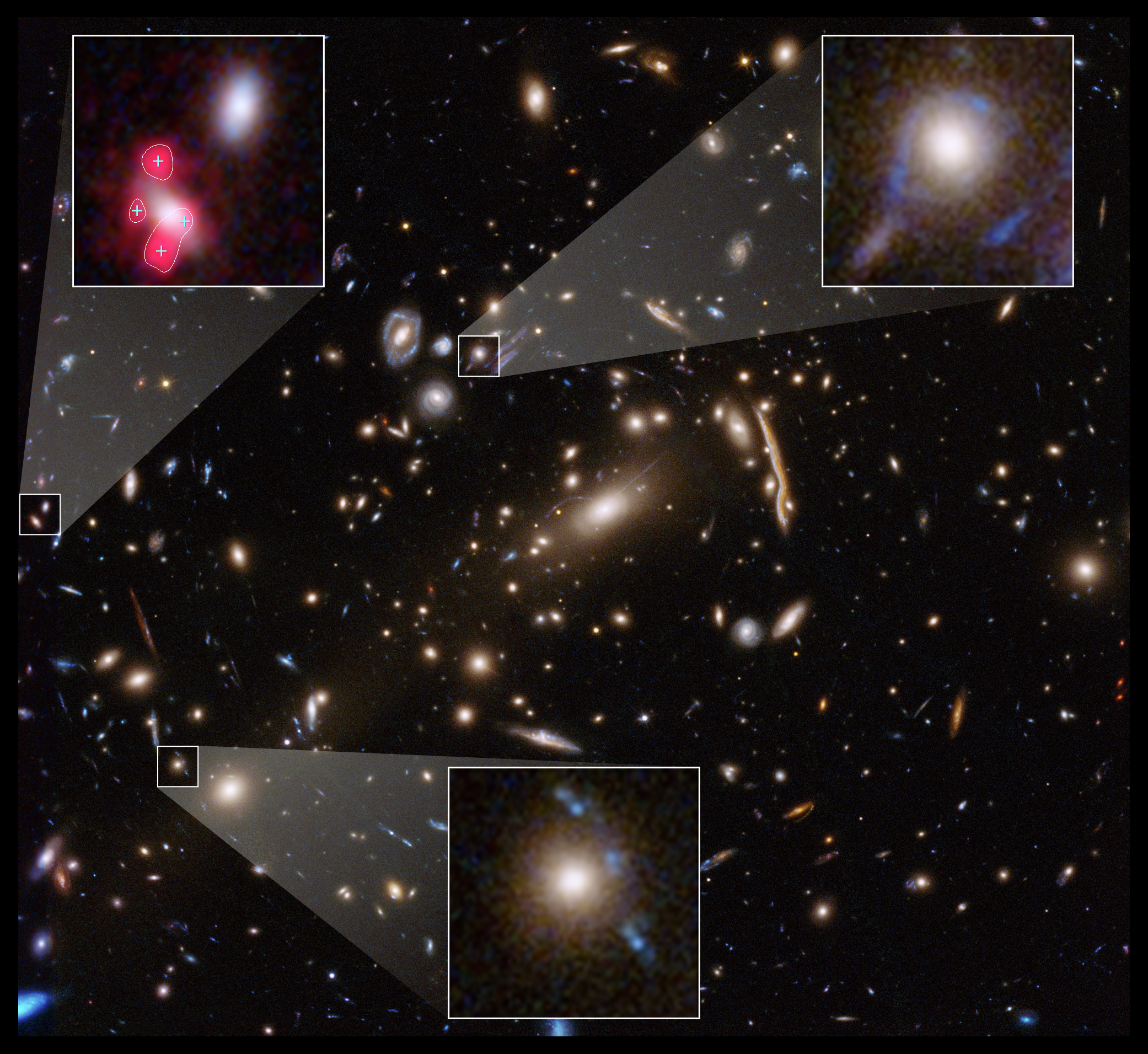
Hubble Observations Suggest a Missing Ingredient in Dark Matter Theories
Astronomers using Hubble and the VLT have found that something may be missing from the theories of how dark matter behaves. This missing ingredient may explain why they have uncovered an unexpected discrepancy between observations of the dark matter concentrations in a sample of massive galaxy clusters and theoretical computer simulations of how dark matter should be distributed in clusters. The new findings indicate that small-scale concentrations of dark matter produce lensing effects that are 10 times stronger than expected.
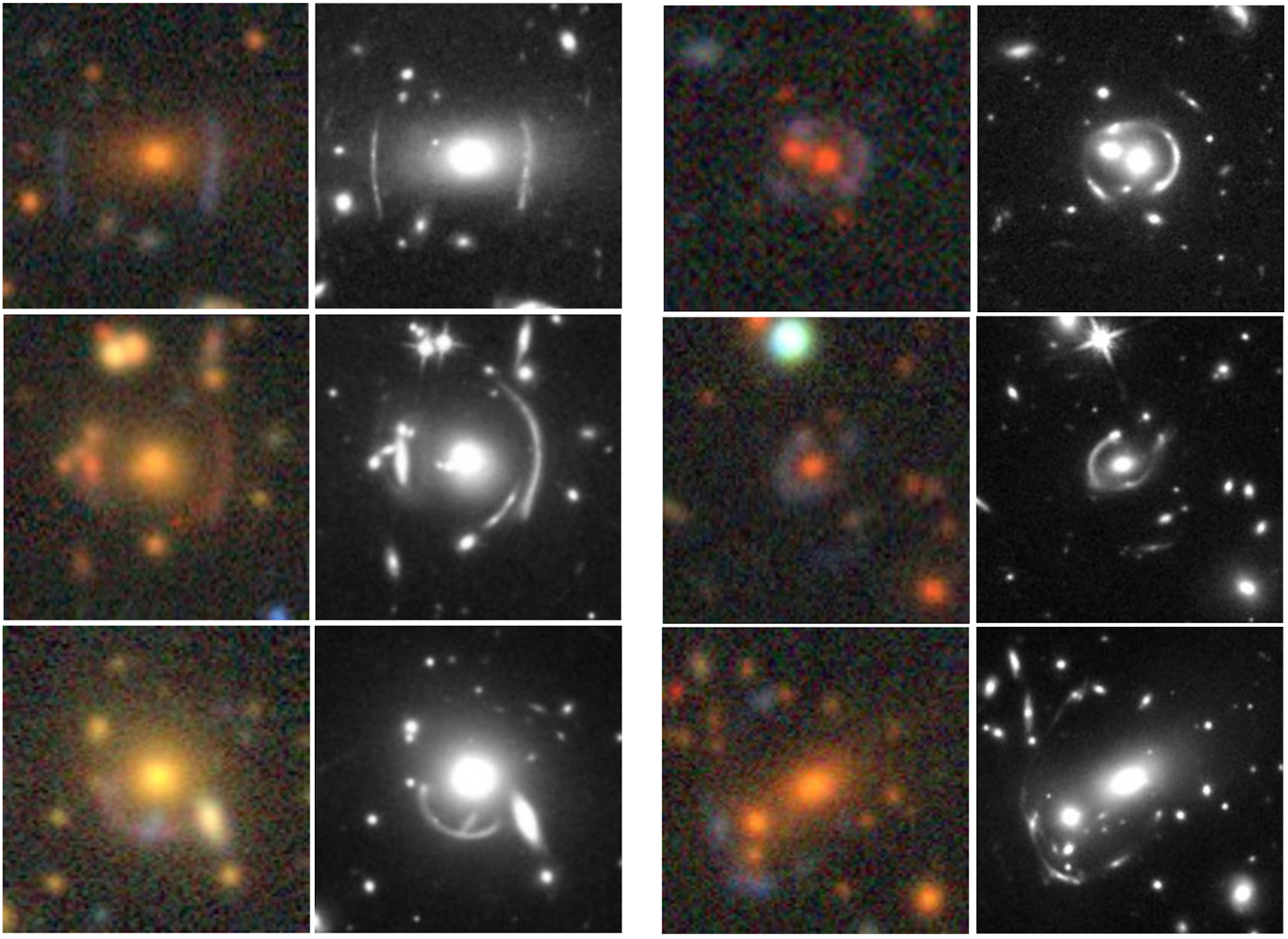
Seeing the Universe Through New Lenses
Like crystal balls for the universe’s deeper mysteries, galaxies and other massive space objects can serve as lenses to more distant objects and phenomena along the same path, bending light in revelatory ways. Gravitational lensing was first theorized by Albert…
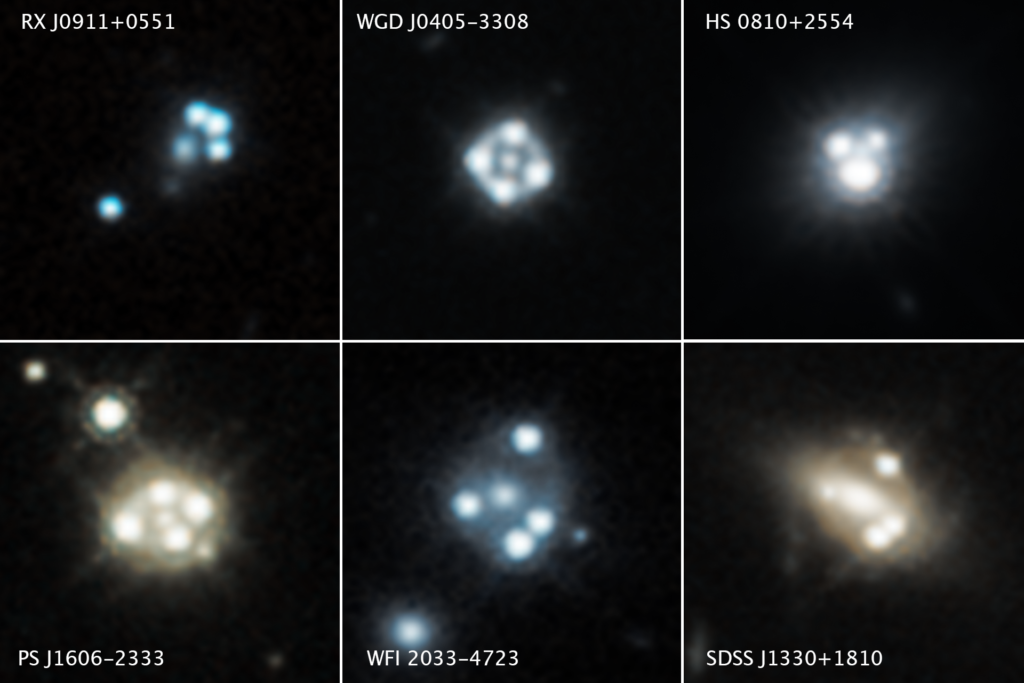
Hubble Detects Smallest Known Dark Matter Clumps
Using Hubble and a new observing technique, astronomers have uncovered the smallest clumps of dark matter ever detected. Dark matter is an invisible
substance that makes up most of the universe’s mass and forms the scaffolding upon which galaxies are built.